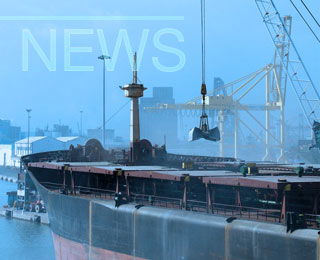According to a report in the US-based Newsday magazine, the cost of building materials in Iraq are rising rapidly. Bricks cost two to four times what they did before the US invasion last year. The price of cement is up 400 per cent, gravel up 70 per cent. The United States is pushing urgently for reconstruction as a way to stabilize Iraq and the US-led occupation authority is to spend US$18 billion on rebuilding over four years. But you can’t repair a country still at war, say many Iraqis and foreign specialists, and a simple barometer for the US plans is the cost of bricks and mortar.
"We cannot build if we cannot afford bricks," said one local supplier located close to Bahgdad. "The authorities are buying up the bricks and cement" to build defenses against anti-US guerrillas. Prices also are rising because building materials must be imported over insecure roads. "In the Saddam era, Iraqi cement cost the equivalent of US$24 a tonne."In the Bush era, it costs about US$95 or US$100. Nobody can afford to buy much at these prices."
Following April’s eruption of guerrilla warfare in Fallujah, Najaf and other cities, "much of the aid and economic development program [to rebuild Iraq] has been paralyzed," according to Anthony Cordesman, a Middle East specialist at Washington’s Center for Strategic and International Studies who traveled in Iraq this spring. With "far too many jobs ... dependent on aid and paid security positions, Iraq now has a ’bubble’ economy, not real reconstruction, and Iraqis know this," Cordesman wrote in a report last month.
US officials concede that recent guerrilla uprisings put economic recovery and reconstruction at risk. "If this is sustained for a long period ... prices will probably go up," said Maj. Gen. Mark Kimmitt, the chief military spokesman, on April 16. "The reconstruction projects, which are so critical to the onward development in this country, will be slowed down because contractors will be intimidated to come in." And "even more significant" is that "every dollar that is paid for security is one less dollar that’s put into the infrastructure," he said.
